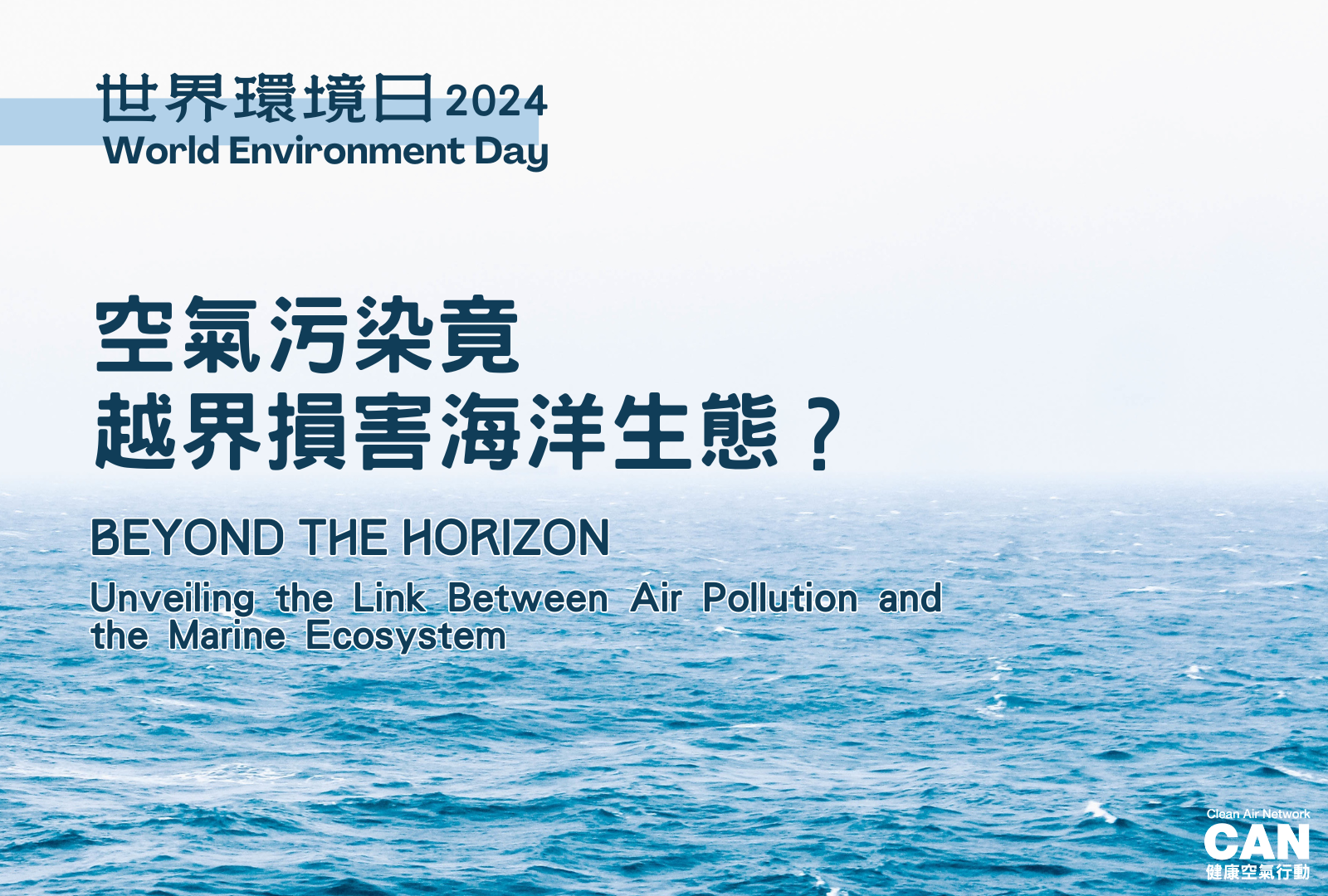
Beyond the Horizon: Unveiling the Link Between Air Pollution and the Marine Ecosystem
“Our land. Our future. We are #GenerationRestoration”. This is the compelling slogan of this year’s World Environment Day, led by the United Nations Environment Programme. It emphasizes the critical significance of fostering a suitable habitat and recognizing the interconnectedness of elements within an ecosystem. One of the flagship programmes this year is the restoration of mangroves. With numerous benefits of mangrove habitat, one of which is the ability to counteract eutrophication. While human-induced discharge is a well-known cause of eutrophication, the contribution of air pollution should not be neglected.
Eutrophication is a state with excess nutrients, particularly nitrogen and phosphorus, in aquatic environments. These elements stimulate bacterial and algal growth, leading to intense competition for oxygen within the water. Consequently, algal blooms can result in hypoxia, a condition where dissolved oxygen levels become insufficient for marine organisms to respire properly, thereby jeopardizing the biodiversity of affected areas.
Consider the Baltic Sea as an example, which has been grappling with eutrophication since the last century, with the situation worsening after World War II. The expansion of industrial production and increased human activities such as shipping, road transportation, and energy combustion in the sea and neighboring countries [1], have intensified the two primary sources of eutrophication: industrial wastewater and nitrogen oxide emissions from air pollution. Past data reveals that airborne nitrogen deposition accounts for approximately one-third to one-fourth of the total nitrogen input into the Baltic Sea [2], escalating eutrophication in the region.
In response to this pressing issue, countries neighboring the Baltic Sea established the Baltic Marine Environment Protection Commission (HELCOM), and members such as Denmark and Germany, jointly adopted the Baltic Sea Action Plan in 2007. With cross-country support, parties affiliated with HELCOM, have successfully reduced nitrogen deposition to the sea by 23% [3]. Looking back from Europe to Hong Kong, although the Drainage Services Department implemented the “Harbour Area Treatment Scheme” in 2001, the challenges of eutrophication and hypoxia in Hong Kong’s marine ecosystem persist due to the impact of local and regional sewage and air pollution. On this World Environment Day, let’s take the opportunity to start by raising awareness and gaining a better understanding of air pollution and related environmental issues!
Reference
[1] Baltic Marine Environment Protection Commission. (2005). Air-borne Nitrogen Load to the Baltic Sea. Retrieved from https://www.helcom.fi/wp-content/uploads/2019/08/Airborne-nitrogen-loads-to-the-Baltic-Sea.pdf
[2] Sonesten L. et al. (2018). The Sixth Pollution Load Compilation. Retrieved from https://helcom.fi/wp-content/uploads/2019/08/PLC-6-Executive-Summary.pdf
[3] Gauss M. (2021). Atmospheric nitrogen deposition to the Baltic Sea. Retrieved from https://helcom.fi/wp-content/uploads/2021/12/B_BSEFS_N_dep_v2.pdf

